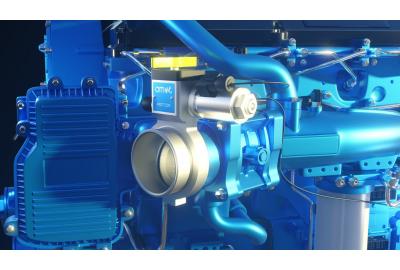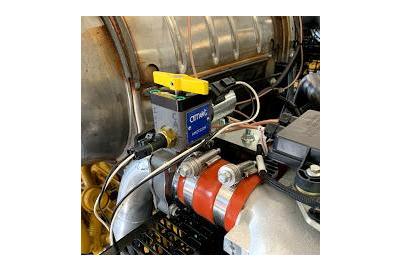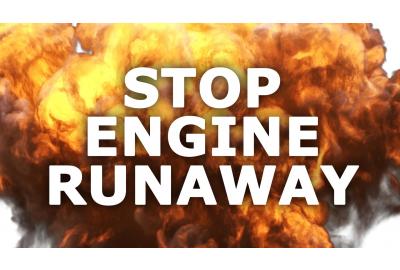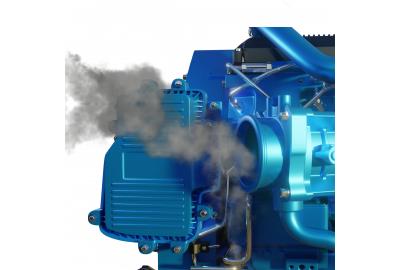Positive Air Shut Off Systems (PASS)
Upon arrival to an active oil and gas location such as a well site or refinery, you may read in the company safety policy or be informed by site-safety personnel that your diesel-powered equipment must be equipped with a positive air shutoff before entering. So, what exactly is this, and why are you required to have one?
What Is a Positive Air Shut Off System?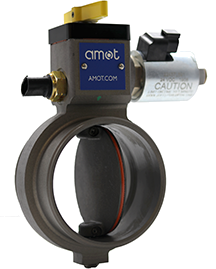
Positive air shutoff systems are used to protect people and equipment from diesel engine runaway. This occurs when a diesel engine ingests a hydrocarbon vapor and uses it as an uncontrolled fuel source. When this happens, the only way to effectively shut down the engine is by either removing the air or fuel supply.
If the engine is already running on vapors, and hydrocarbons are present in the atmosphere, turning off the engine won’t work. The only viable option, at this point, is to remove the air supply. This can be safely done through the means of a positive air shut off valve. When activated, either manually or automatically, the system will close off the air supply entering through the intake and shutdown the engine.
Types of Positive Air Shut Off Valves
Although all positive air shutoff valves are designed around the same concept of shutting down a diesel engine by occluding the air intake, how they function can vary. Below we’ll look at the two ways a system can be activated.
Automatically Activated
Automatic positive air shutoff systems will recognize when a diesel engine begins to overspeed and activate automatically, requiring no action from equipment operators or bystanders. They’re available in a variety of actuations including, pneumatic and electric options, and monitor the engine’s RPMs or air intake flow to detect a runaway situation. These systems are universally recognized as the safest, most reliable way to protect against diesel engine runaway.
This animation shows how an automatic system detects diesel engine runaway by way of RPM monitoring then immediately activates to shut down the engine.
Manually Activated
In contrast to automatic systems, manual positive air shutoff valves do require human intervention for activation but can still effectively shut down a runaway engine. The most common manual systems are activated by either a pull cable or a toggle switch. Examples of these two systems can be seen below:
Pull Cable System Toggle Switch System
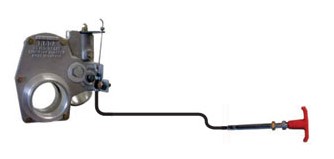
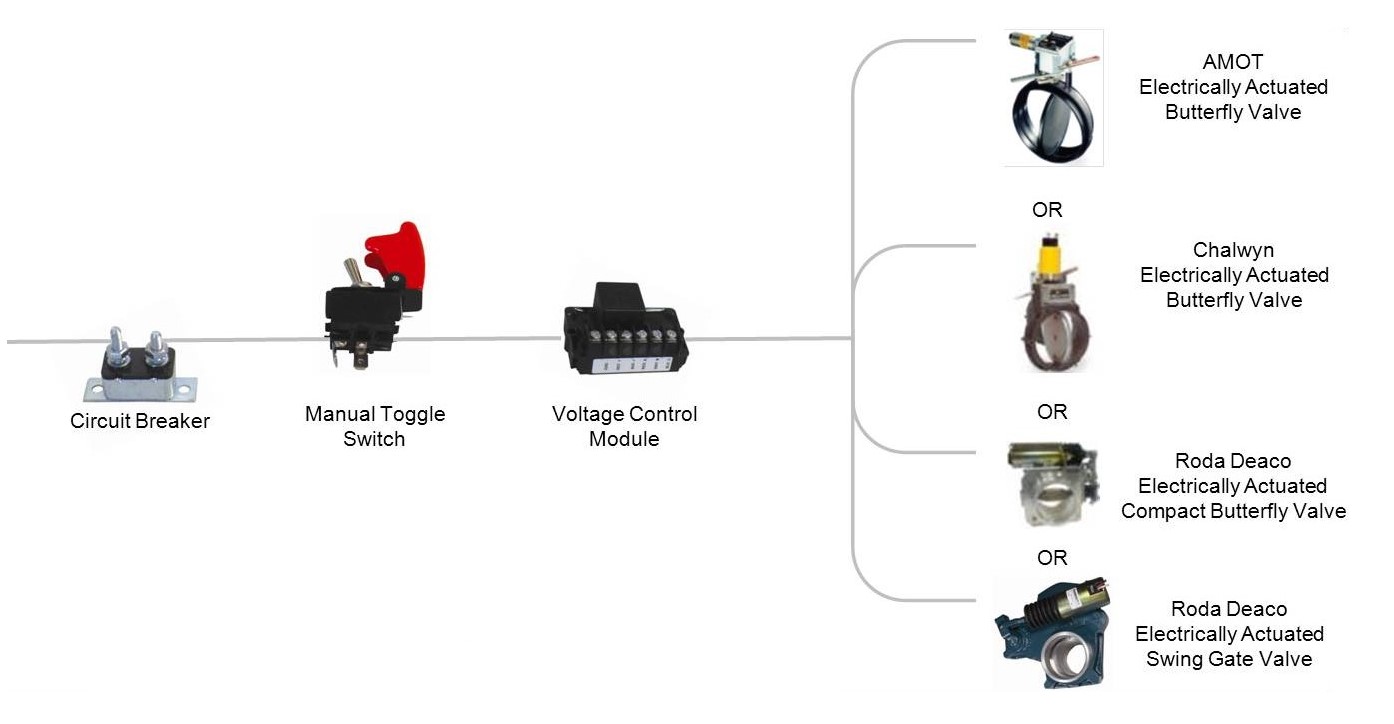
Why Are Positive Air Shut Off Systems Important?
Positive air shutoff systems should be thought of as more than just a check-off on your site-safety requirement list. As this timeline shows, there is a long, documented history of accidents where a properly functioning PASS could have saved countless lives and injuries.
If you are operating a diesel engine in a hazardous area, don’t leave it up to a policy to determine whether your people and equipment are safe from the dangers of diesel engine runaway. If you need assistance with selecting the correct PASS, contact AMOT today, or visit our product page, which allows you to filter by a variety of options including, application.





